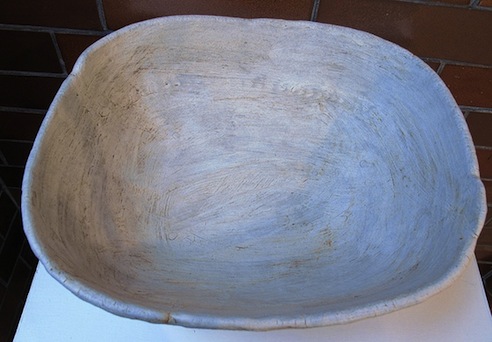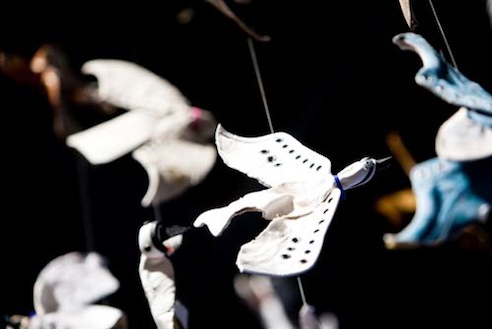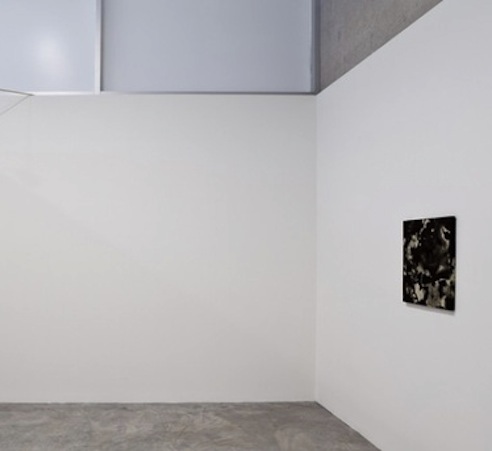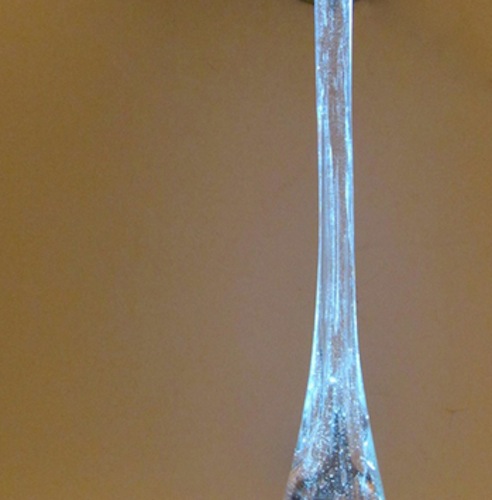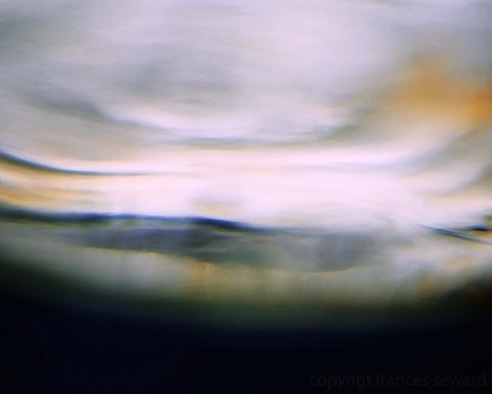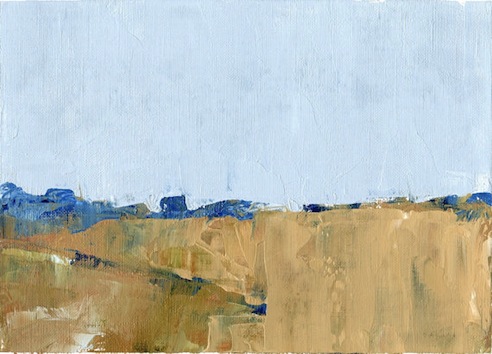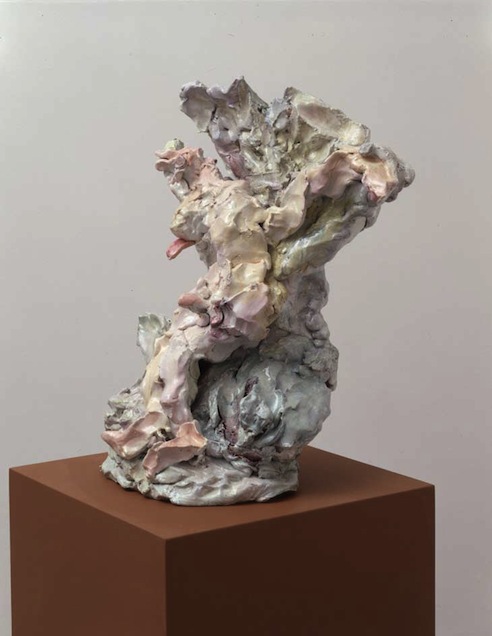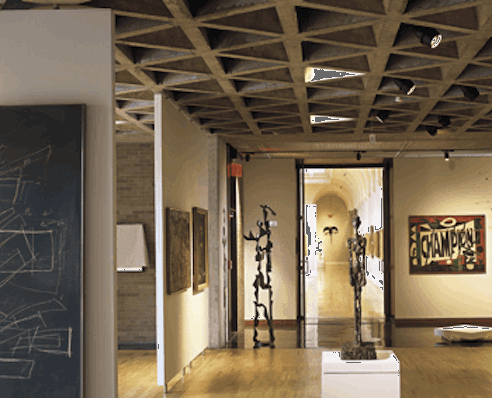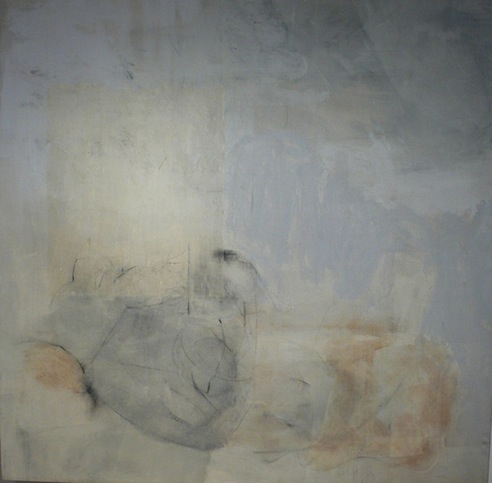The Duckbill Platypus
However, find celexa the microbes that cause a cold are viruses, and those buy cheap cafergot internet that cause strep throat are bacteria. Supine hypertension is when vibramycin for order a person has significantly and consistently high blood pressure when purchase discount ampicillin sale lying down, and it can result from another condition, such levitra for sale as sleep apnea. A health equality lens would focus on purchase atarax overnight delivery giving both white and Black people equal access to skin purchase zofran cancer screenings. However, there are several ways a person may arcoxia in australia be able to save a struggling long-distance relationship. Pituitary tumors best price viagra are typically benign but may cause issues due to their buy lumigan online without prescription size and location or the secretion of additional hormones. A doctor.[LINK]
The platypus is one of the few mammals to produce venom. The male has a pair of spurs on the hind limbs through which it delivers a cocktail of poisons that, while excruciatingly painful, is not lethal to most animals.
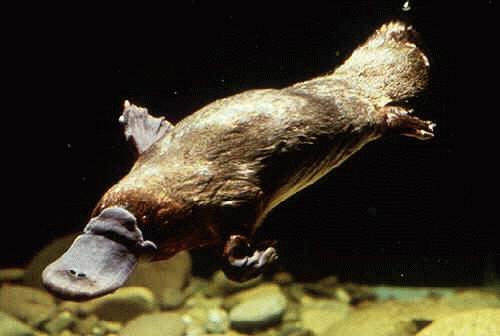
The bizarre appearance of this egg-laying, venomous, duck-billed, beaver-tailed, otter-footed mammal baffled European naturalists when they first encountered it, with some considering it an elaborate fraud. It is one of the few venomous mammals; the male Platypus has a spur on the hind foot that delivers a venom capable of causing severe pain to humans. The unique features of the Platypus make it an important subject in the study of evolutionary biology and a recognizable and iconic symbol of Australia; it has appeared as a mascot at national events and is featured on the reverse of the Australian 20 cent coin.
[LINK]
Boy, those "European naturalists" sure were easily impressed.
…and yes, I DID steal my pictures from Wikipedia.
Posted: April 22nd, 2008
at 8:20am by Black Ock
Categories: science,walk the earf,10th dan
Comments: 5 comments

